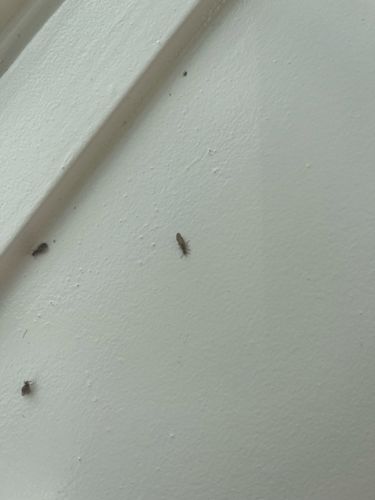Booklouse (or Psocid)
Scientific Name: Various species, common indoor species include Liposcelis spp.
Order & Family: Order Psocoptera, various families (e.g., Liposcelididae, Psocidae)
Size: Typically 1-2 mm in length, very small.

Natural Habitat
Damp, humid conditions, often found in books, papers, stored food products, walls, and other areas with mold growth or Starchy materials. Common in homes, libraries, and warehouses.
Diet & Feeding
Mainly feed on microscopic mold, fungi, starch-based materials like book bindings, wallpaper paste, flour, and cereals. They do not bite or feed on humans or animals.
Behavior Patterns
Booklice are soft-bodied insects, often preferring dark, undisturbed areas. They are active in warm, humid conditions. Their life cycle is relatively short, and they can reproduce quickly, especially in favorable environments. They are not known to fly, even species with wings will primarily crawl or jump. They are scavengers and typically avoid light.
Risks & Benefits
Potential risks include damage to books, papers, and food products if infestations are large. They can also indicate underlying moisture or mold problems in a building. They are not known to transmit diseases to humans or cause structural damage. There are no direct benefits to humans, but in nature, they contribute to decomposition processes.
Identified on: 8/11/2025